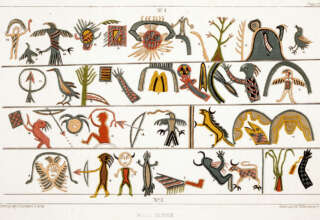
William Bergquist and Agnes Mura
In providing services to a diverse set of institutions, with unique needs and environments, a human or organization development practitioner must make some difficult decisions concerning the appropriate use of these change and consultation strategies. In collaboration with the client, a practitioner must determine the capacity and willingness of the client system to make full and effective use of a specific model. To the extent that a practitioner has the know-how to employ more than one approach, he or she probably will be of greater service to any one client, as well as to a variety of clients. We have identified and briefly described four different models of consultation in previous essays in this series.
Client Maturation and Consulting Models
Within certain contexts, each of the different approaches will flourish. In general, the more “mature” a client system, the more likely are Model Three and Model Four to be successful. The maturation of a client system can be determined by an assessment of:
(1) the amount of time the client system already has spent in identifying and addressing the convening problem (whether successfully or unsuccessfully),
(2) the amount of relevant knowledge and skills available to members of the client system,
(3) the number of previous interactions between the client and practitioner (or other practitioners), and
(4) the capacity and willingness of the client system to set high but realistic goals for the work to be done.




